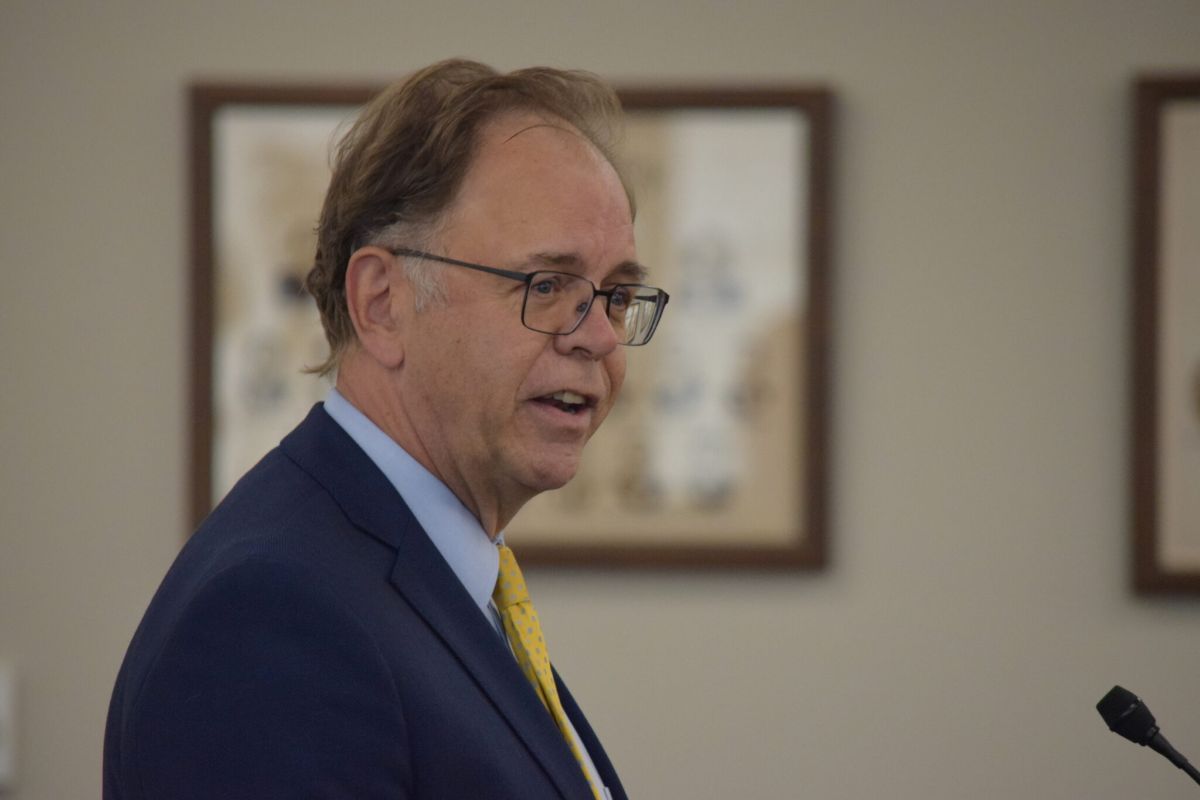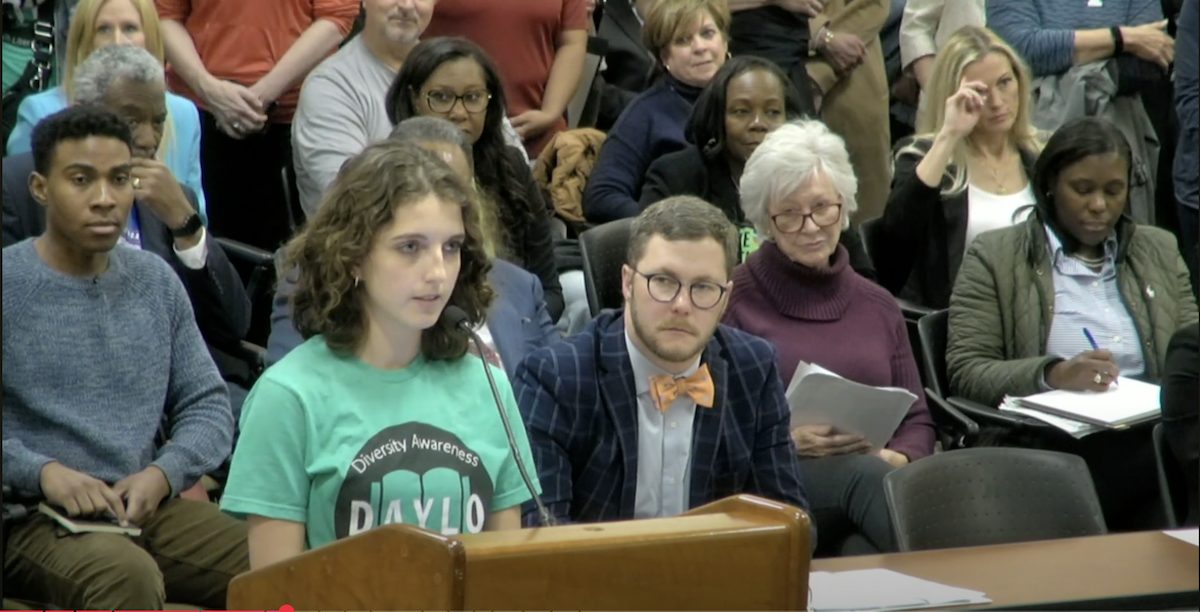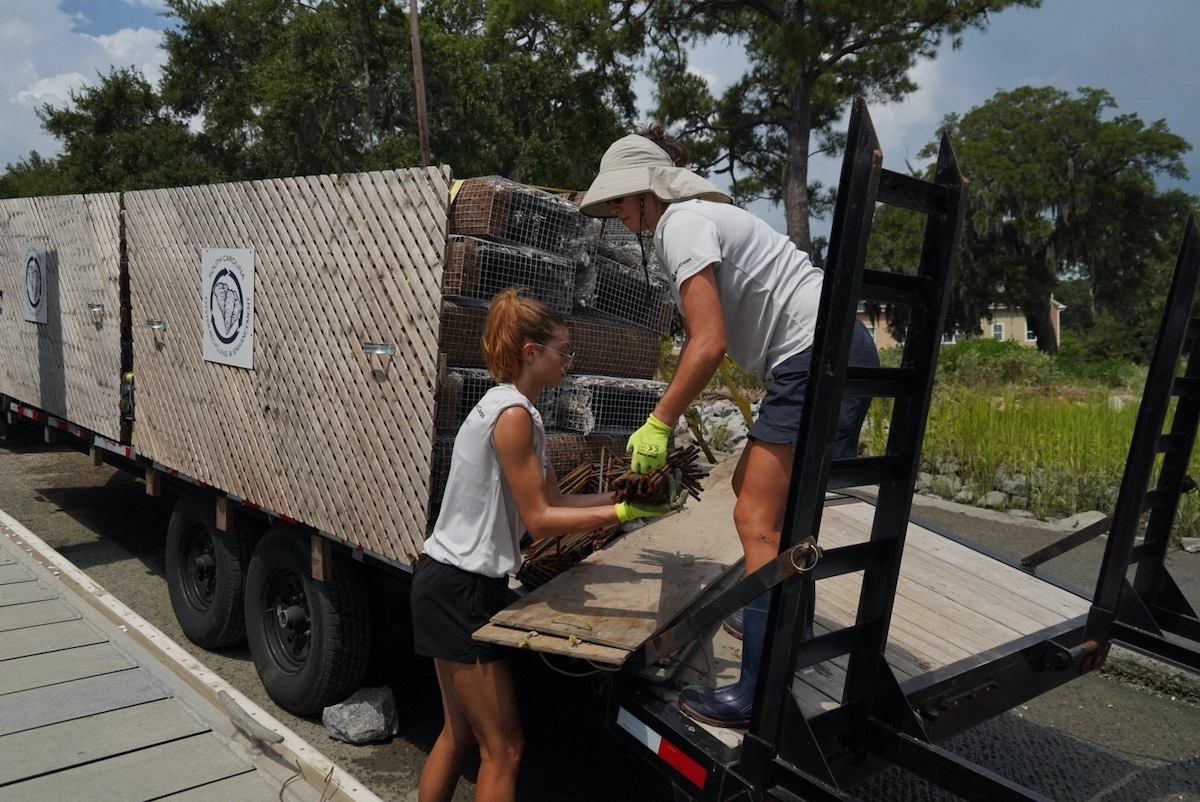Horry County only school district in the state opting not to change its schedule
By Skylar Laird
SCDailyGazette.com
COLUMBIA — The South Carolina school year is starting earlier and earlier for many, as more K-12 districts adopt calendars with shorter summers and longer breaks throughout the year. The change over the past few years comes as more schools have started tapping a workaround in state law.
The earliest schools can start under state law is the third Monday in August, which would make Aug. 19 the traditional beginning of the year. However, the law passed in 2006 meant to push back earlier start dates, included an exception for schools that adopt what’s known as a modified year-round calendar.
A push to lengthen summers by the state’s massive tourism industry — in need of vacationing families to fill its resorts and attractions, as well as high school-age workers to man those establishments — has been gradually overridden in recent years by districts seeking to curb summer learning loss in younger students.
Year-round and traditional calendars both require a minimum of 180 days of school. The difference is in how districts distribute breaks.
In a traditional calendar, students go to school all 180 days more or less consecutively, with relatively short breaks around the holidays. A year-round calendar shortens summer break, scattering more days off throughout the year.
In 2020, every school was operating on a traditional schedule. Classes started Aug. 17 at the earliest and Sept. 8 at the latest.
But now, all but one school district has switched to a year-round schedule, with 33 districts already back in session and eight more starting Monday. Classes began as early as July 22.
Only two districts — Horry and Jasper counties — have a traditional start date on the third Monday of August.
A typical year-round calendar typically splits semesters in half, with students going to class for nine weeks before taking three weeks off in between. Students then have a seven-weeks summer break. Ultimately, though, length and timing of breaks is up to each school district. The state Department of Education just makes sure schools are scheduling all the necessary days of instruction, spokesman Jason Raven said.
The pros
Whether or not year-round schedules really work depends on how they’re implemented, teachers’ advocates said.
Having less time off can make it easier for students to retain what they learned the year before, reducing the “summer slide” of students needing time to catch up at the beginning of the year, said Patrick Kelly, a lobbyist for the Palmetto State Teachers Association.
That’s especially important for younger students, who may be learning foundational skills they will need for the next year, such as math and reading, said Sherry East, president of the South Carolina Education Association
“If you’re a struggling reader and you got to be, then June came and you didn’t read again until August, the first month of school (teachers) are just trying to catch up and get them back to where they were,” East said.
Starting on the tradition third Monday in August leaves fewer than 90 weekdays until Christmas. For high schoolers, that means taking final exams and wrapping up their semesters right after taking time off, Kelly said.
“Any teacher will tell you it’s better not to hit a kid with a final after they’ve been on break for three weeks,” he said.
And having breaks throughout the school year can be a bonus for students and teachers alike, Kelly and East said. Families have more opportunities for vacations, often outside of peak seasons when popular attractions are at their most crowded and expensive. Teachers have more time to finish grading and take time for themselves, Kelly said.
“They can take a breath for a minute to close the grade books,” he said.
However, when districts scatter days off, only adding a few days around the holidays while still starting and ending the year earlier, students may not benefit as much, East said.
The cons
Only Horry County Schools still uses a traditional schedule, according to the state Department of Education. Having students out of classes during summer months is essential for the tourism-heavy coastal county, said Jimmy Gray, vice president of public policy for the Myrtle Beach Area Chamber of Commerce.
The chamber played a major role in the 2006 push for later start dates. The chamber wanted school years to start as late as the week after Labor Day, Gray said.
As tourists flock to the beach during the summer months, hotels, restaurants and other attractions rely on teenagers working summer jobs to help with the influx. If teens have to go back to school in mid-August, or earlier, businesses are left with fewer staff members trying to keep up with the summer rush, Gray said.
“Kids should be at the pool or at a job, not in the classroom, on the hottest day of the year,” as often happens in August, Gray said.
Plus, teenagers have less time to find a job and learn life skills they don’t get in school, such as the responsibility of going to work every day or the financial literacy that comes with earning money, he said.
The rest of the state starting earlier can affect the industry, too, Gray said. Families may decide not to take a vacation over summer break because they don’t have as much time for it, bringing in fewer tax dollars, he said.
“We all benefit from a strong tourism industry,” Gray said.
Still, the fact that the state doesn’t have any sort of standardized start date means a child moving from one district to another could lose out on as much as a month of class time, East said.
“What we don’t want to do is disadvantage a student and make it harder for them to graduate,” she said.
When SC schools start
July 22: Aiken, Edgefield
July 24: Greenwood 50, Greenwood 51, Greenwood 52
July 26: McCormick
July 30: Abbeville, Chesterfield, Lexington 3
Aug. 1: Allendale, Anderson 1, Anderson 2, Anderson 3, Anderson 4, Anderson 5, Chester, Darlington, Fairfield, Florence 1, Florence 3, Georgetown, Kershaw, Laurens 55, Laurens 56, Lee, Marlboro, Oconee, Pickens, Saluda, Union, Williamsburg, York 1, York 2
Aug. 5: Bamberg, Barnwell, Calhoun, Clarendon, Colleton, Dillon 3, Dillon 4, Orangeburg
Aug. 6: Lexington 4
Aug. 7: Beaufort, Lexington 1, Lexington 2, Newberry, Richland 2
Aug. 8: Cherokee, Dorchester 2, Dorchester 4, Greenville, Hampton, Lexington-Richland 5, Richland 1, York 3, York 4
Aug. 12: Lancaster, Spartanburg 1, Spartanburg 2, Spartanburg 3, Spartanburg 4, Spartanburg 5, Spartanburg 6, Spartanburg 7
Aug. 13: Charleston
Aug. 14: Berkeley
Aug. 19: Horry, Jasper
Skylar Laird covers the South Carolina Legislature and criminal justice issues. Originally from Missouri, she previously worked for The Post and Courier’s Columbia bureau.
SC Daily Gazette is part of States Newsroom, the nation’s largest state-focused nonprofit news organization.









